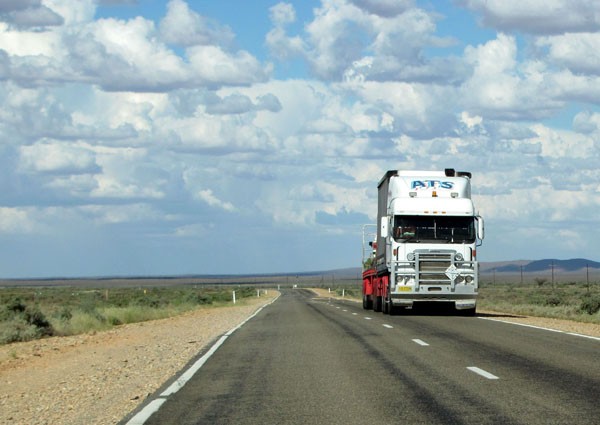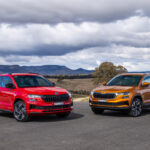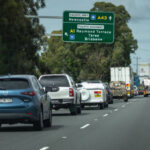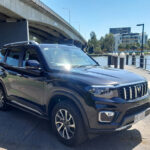As the weather warms up thoughts are already turning to the holiday season and the big trips through the countryside to enjoy this wide brown land down under. In these days of low-cost aircraft travel, a surprising number of city people never drive outside suburban areas, so some will make their first ever trip as a driver into the bush.
Almost all will enjoy country driving, a few will hate it and, sadly, some may die in crashes. Open road driving is a lot different to driving in the suburbs. Distances are greater, staggeringly so at times, traffic is much lighter and speeds are significantly higher.
Learn the new techniques for country driving and you will find country driving pleasantly relaxing and a real change from the day to day suburban grind.
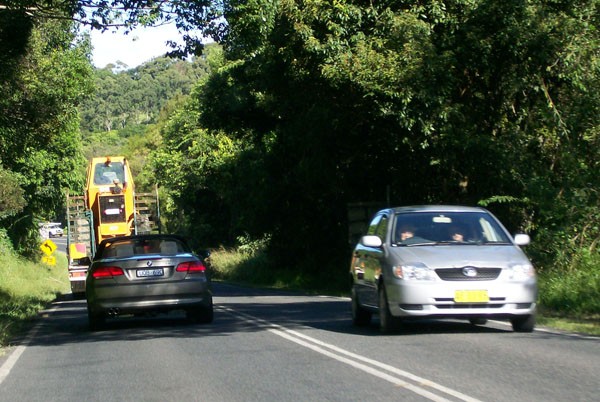
It is important to sit correctly in the car and set the seat, steering wheel and mirrors properly. Drive with both hands on the steering wheel because things can change very suddenly when travelling at 100 km/h. Importantly, look further ahead than you do in suburban traffic.
The biggest trap for young players is driving too quickly for the conditions. It’s all too easy to enter a town at too high a speed. Because your mind has adapted to driving at high speeds it is possible to drive into a town at what feels like 50km/h, but is actually 80km/h. Even experienced drivers get caught out from time to time, so be very aware.
Driving too slowly can be just as dangerous as driving too fast. It causes fatigue because your mind isn’t active enough, and can create problems for other drivers who get stuck behind you. It is far better to drive at the same speed as the rest of the traffic. If you constantly find yourself either catching up on cars in front, or being tailgated by other vehicles, it is probably a sign that you aren’t driving at the correct speed.
If you do want to cruise along slowly to enjoy the surrounds keep an eye on the mirrors and if you see others are getting stuck behind you it’s polite to signal and pull over whenever you get a chance.
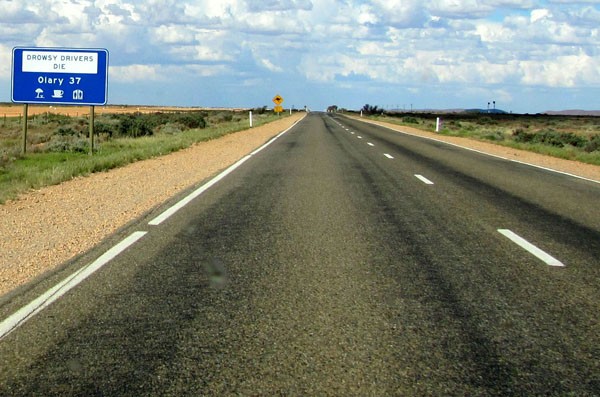
The vast majority of drivers travel at the most sensible speed for the conditions. That may be at the speed limit – or it may be under or over it. Almost all police officers are sensible and will ignore cars which are a bit over the limit – provided the speed is safe and not too high.
Speed cameras are set by bureaucrats and don’t take traffic and weather conditions into account the way the police do, so watch out for them.
Overtaking safely, means sitting back from the vehicle you want to get past so you have good visibility past it. Once you are certain the road is clear for a sufficient distance overtake cleanly and precisely with plenty of acceleration to get past in the shortest reasonable time. Don’t get too close to the car in front before pulling out and don’t chop back in front of the overtaken vehicle. Overtaking safely may mean going well over the speed limit – your call, but I certainly don’t hesitate to do so. Be sure to back off once you’re on your side of the road again.
Watch for kangaroos. Early in the morning or late in the evening is the worst time for them, they are most numerous during periods of drought when they come to eat plants growing in the drainage ditches beside the road.
Pay particular attention to stock on, or beside, the road as animals can suddenly move onto the road. Stop if need be, if the animals don’t move out of the way of their own accord, drive forward at walking pace to persuade them to move over. If they are being tended by a drover follow their requests.
Wherever you stop, do a quick check of the car, paying particular attention to the tyres. If you are refuelling, wash the windscreen, headlights and brake lights.
Stop for a break about every two hours. Driving for longer periods can cause fatigue – and tiredness is probably the number one reason for otherwise inexplicable one-car crashes. I like to make use of the ‘Stop Revive Survive’ stations which are set up during holiday periods by volunteers from bushfire brigades and similar organisations.
Give truck drivers a fair go by not crowding them when they can’t travel as fast as your car. If they wish to overtake you, make it as easy as possible for them to do so.
If you have never driven in the bush before it can give a real feeling of accomplishment to arrive safely and relaxed at your destination. Get out there are enjoy it!




